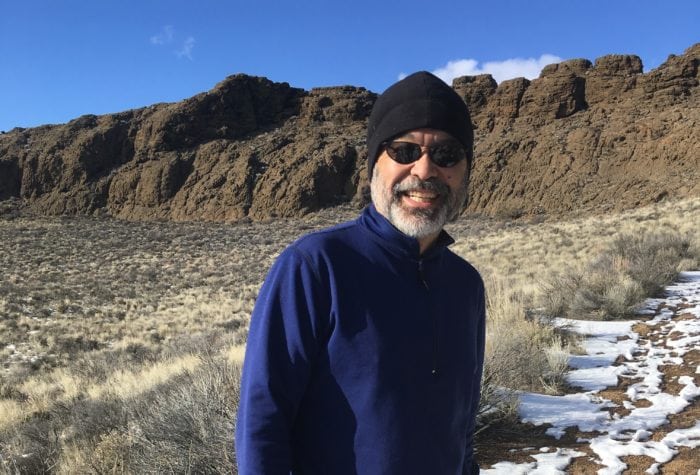Author: Jeremy Austin | Published: October 13, 2020 | Category: In the News
The numbers are in. Oregon’s sage-grouse population essentially remained flat in 2020.
Following years of steep declines, the bird is dwelling at the second-lowest population level ever measured in our state.
For nearly 60 years the scientific community has documented the decline of sage-grouse across its range – a cyclical pattern of population peaks and troughs that has steadily fallen over time. While some amount of fluctuation is normal, the alarming trends observed recently threaten a population crash.
Though the numbers are concerning, this story is not over. Nature is inherently resilient and sage-grouse are the Rocky Balboa of the natural world: down, but not out. We still have a chance to recover this charismatic ambassador of the Sagebrush Sea.
[bctt tweet=”Nature is inherently resilient and sage-grouse are the Rocky Balboa of the natural world: down, but not out.” username=”theoregondesert”]
Federal and state sage-grouse planning processes implemented in 2015 were unprecedented in the breadth and depth of conservation measures afforded the species — a huge step forward for grouse and hundreds of other fish and wildlife that depend on sagebrush grasslands. But the ink had barely dried when the Trump administration reversed course, rolling back and removing many key provisions from the west-wide strategy.
This baseless and destructive effort did not go unnoticed, as nearly two dozen of the nation’s most accomplished sage-grouse and sagebrush scientists starkly wrote that current management efforts “appear to be ignoring current science” and may lead to “severe consequences for sage-grouse.”
It is a warning we must acknowledge: sage-grouse need more.
Federal agencies are key to conserving and recovering sage-grouse. Entrusted with the majority of the bird’s remaining habitat, the importance of managing these public lands for conservation, connectivity and climate resiliency cannot be understated. The state of Oregon has an important role too, and has contributed unique and innovative policies and tools to conserve the species. Congress should consider getting involved as well, by providing resources, direction and oversight.
We are now five years following implementation of the 2015 sage-grouse plans, a milestone that provides us an opportunity to reflect on past efforts and adapt for the future.
So where do we go from here?
The data are clear, and the numbers speak for themselves. We need to permanently protect sagebrush strongholds and climate reserves; map and plan for habitat and genetic connectivity corridors; restore and preserve riparian and key upland habitats; fund early detection and wildfire suppression capabilities in sagebrush systems; and develop comprehensive science-based wildfire management policies. The list goes on.
It’s nerve wracking watching a species flirt with extirpation, especially one that is emblematic of the largest ecosystem in the United States. And we must beware that the fate of sage-grouse may portend the fate of the American West. But the sage-grouse is a fighter, and we just need to give this species a fighting chance. Oregon Natural Desert Association remains committed to working with any and all stakeholders in developing and advancing policies needed to put this charismatic bird on a winning path to recovery.
